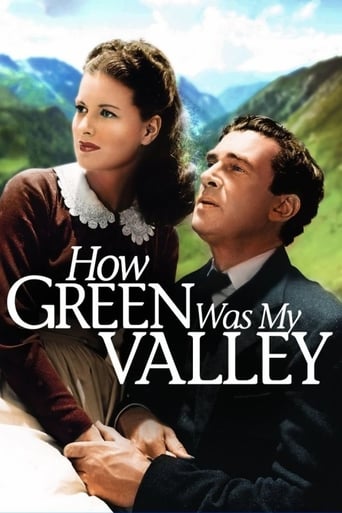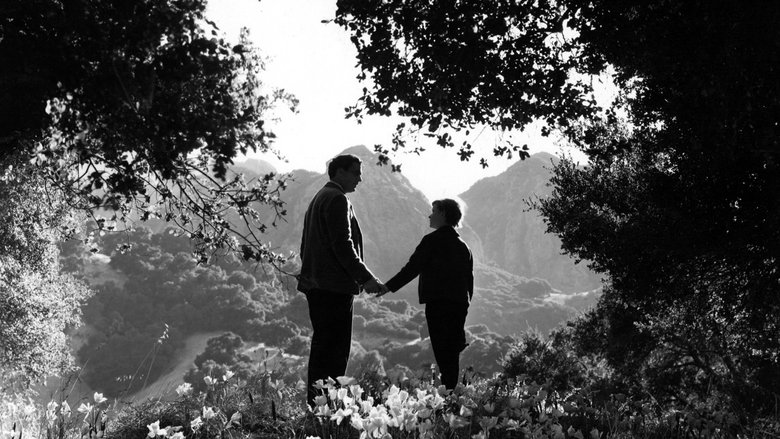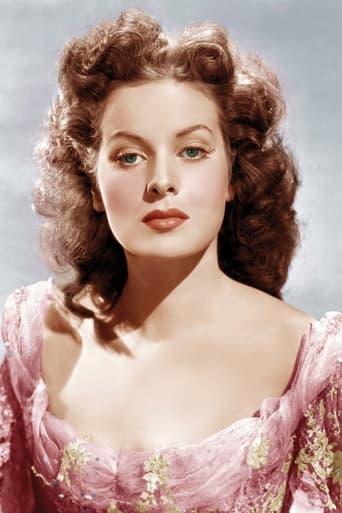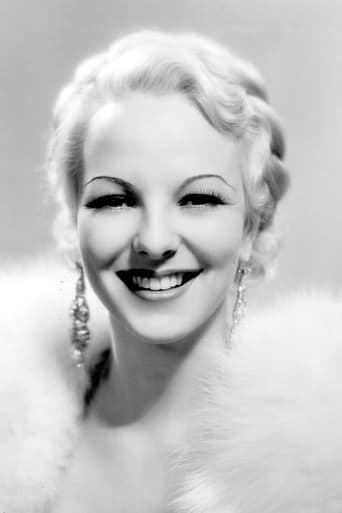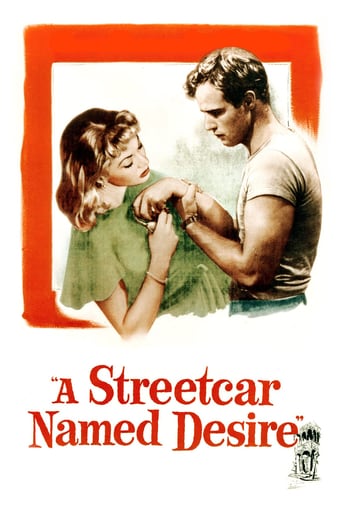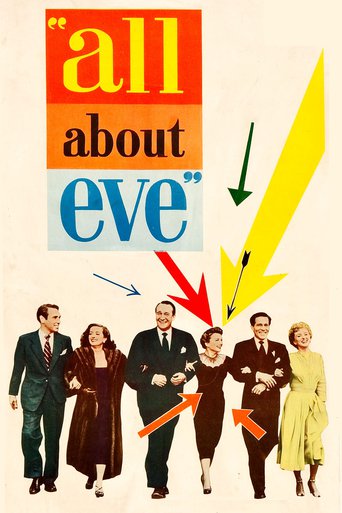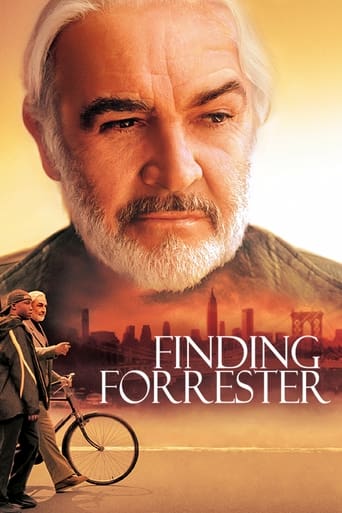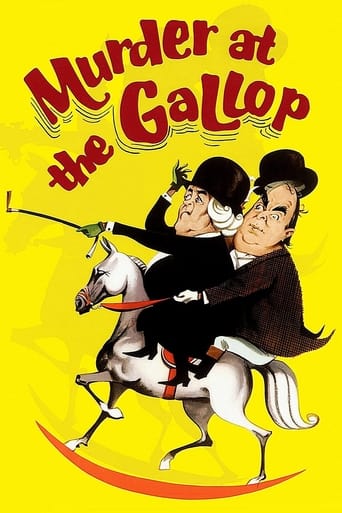How Green Was My Valley (1941)
A man in his fifties reminisces about his childhood growing up in a Welsh mining village at the turn of the 20th century.
Watch Trailer
Cast


Similar titles
Reviews
Terrible acting, screenplay and direction.
How sad is this?
This is a small, humorous movie in some ways, but it has a huge heart. What a nice experience.
Watching it is like watching the spectacle of a class clown at their best: you laugh at their jokes, instigate their defiance, and "ooooh" when they get in trouble.
Producer: Darryl F. Zanuck Copyright 26 December 1941 by 20th Century-Fox Film Corp. New York opening at the Rivoli: 28 October 1941. U.S. release: 26 December 1941. Australian release: 9 April 1942. U.S. length: 10,730 feet. 119 minutes. Australian length: 10,902 feet. 121 minutes.SYNOPSIS: A Welsh mining family copes with the Depression.NOTES: Nominated for the following Academy Awards: Best Picture (won); Best Supporting Actor, Donald Crisp (won); Best Supporting Actress, Sara Allgood (the voters preferred Mary Astor in The Great Lie); Best Directing (won); Best Screenplay (incredibly passed over in favor of Sidney Buchman and Seton I. Miller's Here Comes Mr Jordan), Best Black-and-white Photography (won); Best Sets (won); Best Sound Recording (in another amazing aberration, the Academy preferred That Hamilton Woman); Best Film Editing (William Holmes received the ultimate honor for Sergeant York); Best Music Scoring (Bernard Herrmann carried off the statue for All That Money Can Buy).How Green Was My Valley figures on many Ten Best Pictures of the Year lists, including The New York Times, The Film Daily (with 500 votes - nearly twice as many as the third place-getter - it was second to Mrs Miniver), and The National Board of Review (second to Citizen Kane). John Ford won The New York Film Critics' Award for Best Direction.COMMENT: Today's brain-washed kids may find it slow-moving and too remote from their own having-it-so-easy experience, but it would be supremely difficult to find anyone over forty who is not touched and moved by How Green Was My Valley. One of the cinema's great emotional experiences - doesn't matter how many times you see it - the film is so involving, its characters so sympathetically real and so superlatively played by a well-nigh faultless group of players: Even dull old Walter Pidgeon is brilliantly cast!Maureen O'Hara was never more convincing, while Roddy MacDowall contributes a performance so intensely luminous it actually lights up the screen. Rarely have writing and acting been brought so powerfully close to perfection not only by the direction but by the incredibly skilful narration delivered with such insight and beauty by Irving Pichel.Zanuck's vision as producer, Ford's adroit staging and dramatic sense of composition, Miller's appealingly atmospheric photography, Day and Juran's impressive sets, and Newman's deft use of Welsh song and chorus contrib¬ute mightily to the heart and soul of How Green Was My Valley. With such a powerful story and such forceful acting, the film would undoubtedly have made its impact on a less generous budget and less inspired craftsmanship. But with unlimited funds at its disposal and unlimited technical expertise lovingly poured into every aspect of its production, How Green Was My Valley comes across with such stunning power as to lift it to the rarest heights of motion picture achievement.
"How Green Was My Valley" has the personal distinction of being the very last Best Picture Oscar winner I watched in order to be able to claim that I've seen them all. From the stinkeroos to the masterpieces (and there have been both), I can now claim that I know which way the Academy wind blew in any given year. Where does "How Green Was My Valley" fall on the list, you might ask. Somewhere between "there were better films that year" and "are you kidding me?"I mean come on. The 1941 Academy Awards, which would have been held in early 1942, took place soon after the U.S. had just been bombed at Pearl Harbor and pulled into WWII. Ok, so the Academy was never going to give the award to the rightful recipient of it, "Citizen Kane." But if they weren't going to give it to "Kane," why on earth didn't they give it to "Sergeant York," a film I don't even like but that would have at least had the stamp of relevancy. Instead, they vote for this turn-of-the-century yarn about a young man coming of age in a Welsh mining town. I mean, it's an ok film, but it has virtually nothing to say to me now, and I can't imagine it had much to say to audiences back then. The stars of the film are Richard Day and Nathan Juran, the art directors who admirably recreate a mining village. I also liked Sara Allgood, as a feisty matron who practically bitch slaps the entire town when they step out of line. As for the rest, I had some trouble keeping my eyes open.Along with Best Picture, John Ford won his third of record four awards for Best Director; Donald Crisp won the Best Supporting Actor award for playing one of the most recognized character types in this category, that of the world-wise dad; Arthur Miller took home the Best Cinematography award for his black and white compositions; and Richard Day and Nathan Juran won for Best B&W Art Direction. Allgood was nominated for Best Supporting Actress, as was the film's screenplay by Phillip Dunne, and its editing, score, and sound recording.Grade: B-
John Ford's How Green Was my Valley is a depressing story told in excellence about a Welsh father named Gwilym, (played by Donald Crisp in an Oscar winning performance) whose oldest sons are coal miners and wants his youngest son to find a decent job and then decides to be a coal miner like his brothers. The movie stars Walter Pidgeon as a preacher who thinks about whether he can be in love with Gwilym's oldest daughter Angharad (played by Maureen O'Hara) who is very much in love with but Pidgeon's character however doesn't believe that he can give her the life she deserves even after she comes back from New Zealand without her husband. Ford's movie also teaches us the times of hardship that Gwilym and his sons went through while working in the mine. Now that I'm reviewing the film that made John ford win his 3rd directing Oscar, as well as Clint Eastwood's favorite movie to me the film was very good being one of 1941's best and greatest achievements in film of that year and in film history.
How Green Was My Valley. The film infamous for beating Citizen Kane at the Oscars. Not only that but The Maltese Falcon and Sergeant York too. Although it's known that it this was due to a public affairs issue at the time, How Green Was My Valley is one of the earliest cases of Oscar baiting I've ever seen. Perhaps this was the film that shaped the mould? It has everything the Oscars dream of and in the most sentimental doses too. As all Oscar baited films, it feels like it skims the surface of its story and its sequences feel more like a checklist rather than organic storytelling. Singing, disability, kindness, hardships. Even today, it feels forced, especially the character archetypes. That said, the performances are pretty good given the contrived platform to work with. The overall drama about the strikes and the family conflict is quite interesting and engaging, but the depth of the film is rather laughable. Its triumphs and tragedies are just too romanticised to be convincing, especially the depiction of Wales which is just far from the truth. That said, the cinematography is really great and definitely the best part. Its story can be trite, but it's very watchable and entertaining. But that's all its trying to be anyway. That and a good cry from sensitive hearts.6/10

